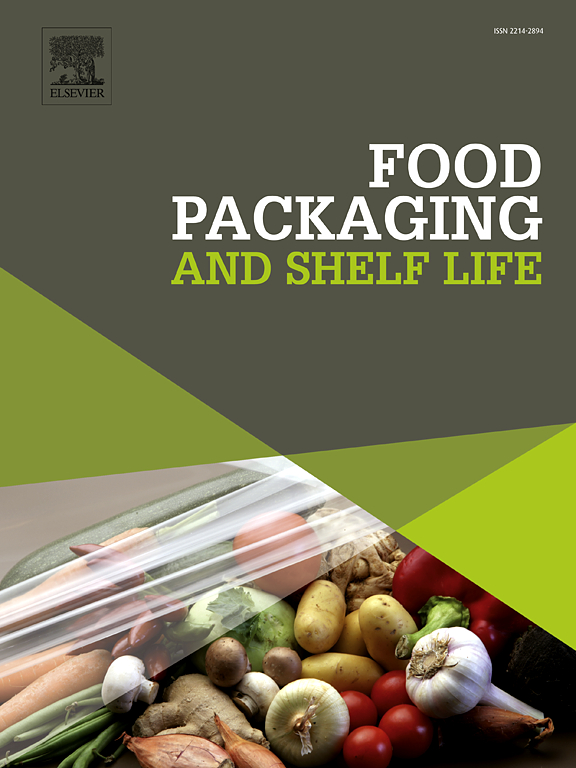紫外-可见光谱与机器学习相结合的再生聚对苯二甲酸乙二醇酯识别
IF 8.5
1区 农林科学
Q1 FOOD SCIENCE & TECHNOLOGY
引用次数: 0
摘要
循环经济推动了对聚对苯二甲酸乙二醇酯(PET)回收的新兴趣,包括用于食品包装的PET回收,重点是降低生产成本和满足社会发展目标。本研究提出了一种新的方法,利用经济上可行的紫外-可见光谱结合机器学习算法对原生和再生PET进行分类。结果表明,基线去除(Baseline Removal, RMBL)是二分类的最佳预处理方法,主成分分析(Principal Component Analysis, PCA)结合随机森林(Random Forest, RF)是区分原生PET和100% %回收PET最有效的二分类模型。为了进一步提高检测低回收含量样品的能力,然后开发了一个多分类模型。这种方法可以检测到低至10 %的再生PET含量,为分类提供了定量的可能性。本研究证明了这种方法的有效性,并对可持续回收实践具有重要意义。本文章由计算机程序翻译,如有差异,请以英文原文为准。
Integration of UV-vis spectroscopy and machine learning for identification of recycled polyethylene terephthalate
The circular economy has driven renewed interest in polyethylene terephthalate (PET) recycling, including recycled PET for food packaging, with a focus on reducing production costs and meeting social development goals. This study presents a novel approach to classifying virgin and recycled PET using an economically viable ultraviolet-visible spectroscopy combined with machine learning algorithms. The results show that Baseline Removal (RMBL) is the optimal preprocessing method for binary classification, and Principal Component Analysis (PCA) combined with Random Forest (RF) is the most effective binary classification model to distinguishes between virgin and 100 % recycled PET. To further improve the capability to detect samples of low recycled content, a multi-classification model was then developed. This approach enables the detection of recycled PET content as low as 10 %, providing a quantitative possibility for the classification. This study demonstrates the effectiveness of this approach and has significant implications for sustainable recycling practices.
求助全文
通过发布文献求助,成功后即可免费获取论文全文。
去求助
来源期刊

Food Packaging and Shelf Life
Agricultural and Biological Sciences-Food Science
CiteScore
14.00
自引率
8.80%
发文量
214
审稿时长
70 days
期刊介绍:
Food packaging is crucial for preserving food integrity throughout the distribution chain. It safeguards against contamination by physical, chemical, and biological agents, ensuring the safety and quality of processed foods. The evolution of novel food packaging, including modified atmosphere and active packaging, has extended shelf life, enhancing convenience for consumers. Shelf life, the duration a perishable item remains suitable for sale, use, or consumption, is intricately linked with food packaging, emphasizing its role in maintaining product quality and safety.
 求助内容:
求助内容: 应助结果提醒方式:
应助结果提醒方式:


